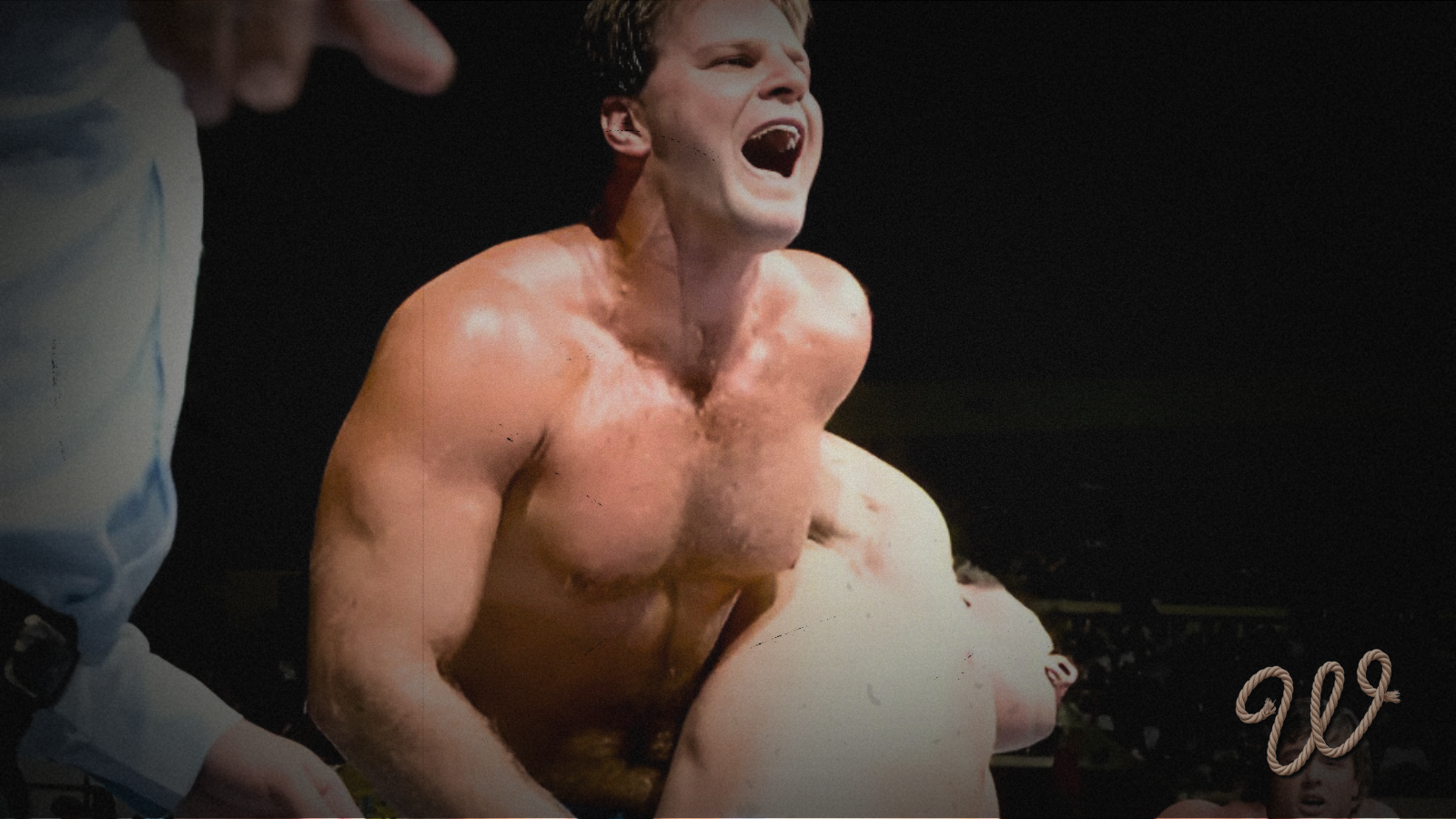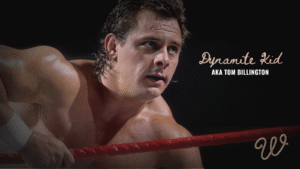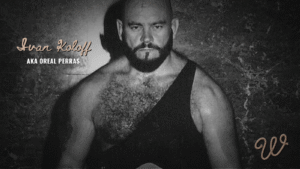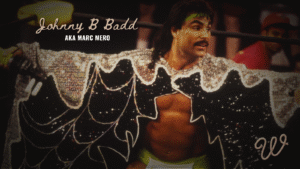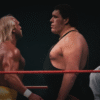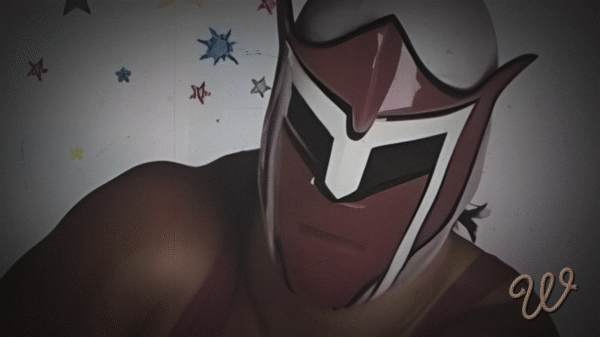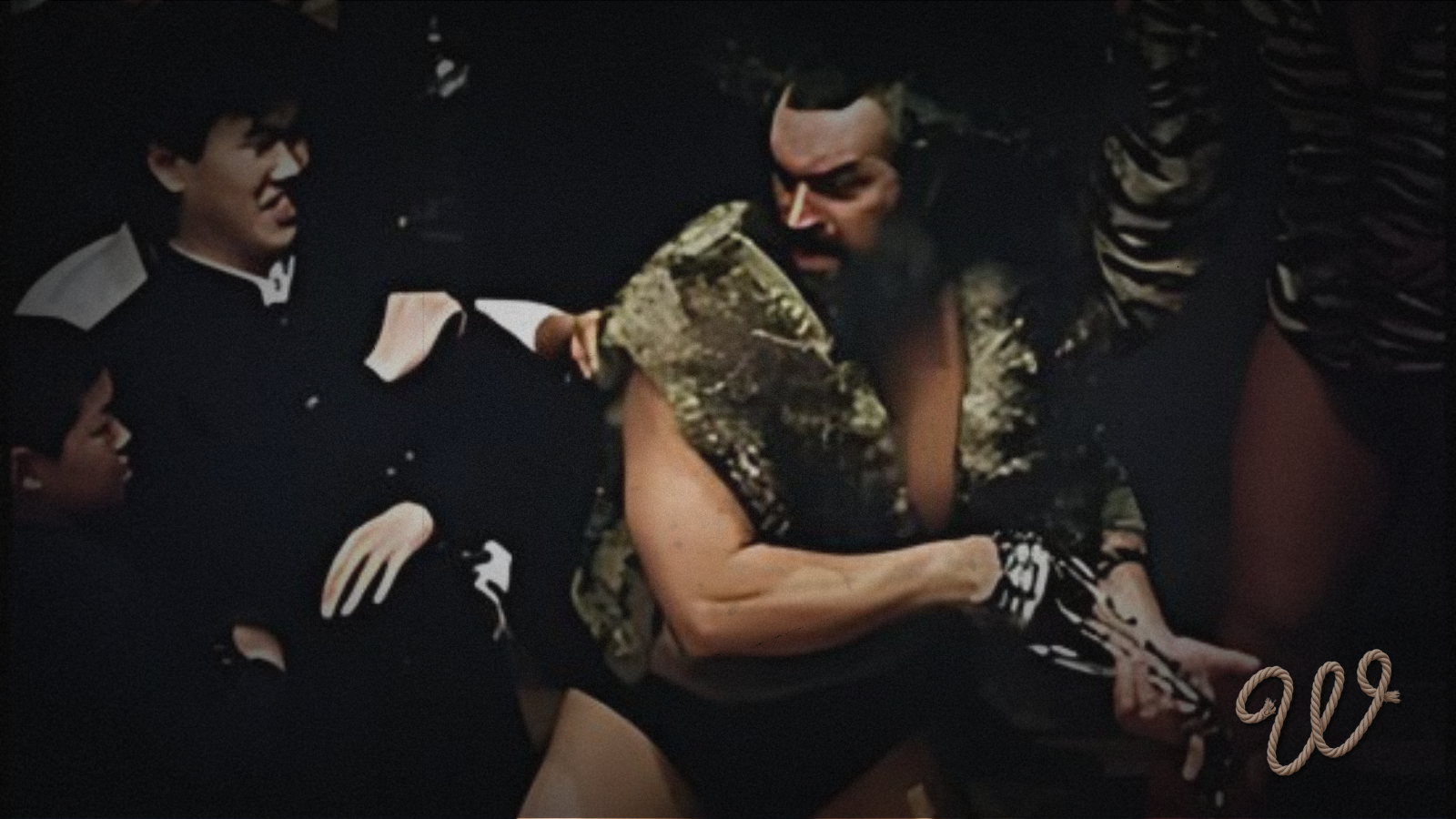In the sweat-drenched, neon-charged crucible of 1980s professional wrestling, where heroes and villains clashed under the roar of the crowd, few stories burned as raw as the feud between Dynamite Kid and Jacques Rougeau. The World Wrestling Federation (WWF) was a battleground of ambition and egos, where bodies slammed canvas and rivalries bled beyond the ropes. Two men—one a blazing, brutal prodigy from England, the other a charismatic heir to a Quebec wrestling dynasty—collided in a backstage drama that left scars deeper than any suplex, a tale of pride, payback, and the shadows of the squared circle.
The Dynamite Kid: A Fire That Burned Too Bright
Tom Billington, the Dynamite Kid, was a human hurricane packed into a 5’8” frame. Born in 1958 in Golborne, England’s industrial heart, he was forged in the unforgiving Snake Pit gym, where wrestlers learned to bend joints and break spirits. Dynamite exploded onto the global stage with a style that married balletic grace with bone-crunching ferocity—moonsaults that stole breaths, snap suplexes that shook arenas. In Japan, he redefined junior heavyweight wrestling; in the WWF, as half of the British Bulldogs with cousin Davey Boy Smith, he elevated tag team matches to masterpieces, their clashes with the Hart Foundation etching legends into steel chairs.
But Dynamite’s brilliance cast a long shadow. Backstage, his intensity curdled into cruelty, fueled by steroids, painkillers, and a chip on his shoulder the size of Manchester. He was a bully with a smirk, his “ribs”—pranks like laxatives in drinks, slashed gear, or padlocked bags—crossing into malice. From rookies like Mick Foley to veterans, few escaped his wrath. In the locker room, Dynamite wasn’t just feared; he was a storm that left wreckage, turning camaraderie into caution.
Jacques Rougeau: The Heart of a Legacy
Across the Atlantic, Jacques Rougeau was born into wrestling royalty on June 13, 1960, in Montreal’s vibrant streets. The Rougeau family was a dynasty—uncles, fathers, and brothers who headlined Canada’s rugged rings. Jacques, the youngest of three, debuted as a teenager, blending technical finesse with a showman’s charm. As half of the Fabulous Rougeaus with brother Raymond, he brought French-Canadian flair to the WWF, their clean-cut babyface runs giving way to heel antics that had fans jeering their satirical theme song. Jacques was the glue—affable, hardworking, a bridge-builder in a cutthroat world. But beneath his smile lay a quiet steel, honed by family pride and the grind of the road. He wasn’t a powerhouse like Dynamite, but his heart made him dangerous.
The Gathering Storm
The late ‘80s WWF was a powder keg—grueling schedules, swollen egos, and a locker room where “ribs” masked deeper cruelties. The British Bulldogs and Fabulous Rougeaus, rivals in the tag division, delivered electric matches, but backstage, the heat was real. Dynamite’s pranks were relentless: cutting clothes in winter, spiking coffee, framing others for his mischief. Jacques, with his smaller frame and earnest demeanor, became a favorite target. The bullying wasn’t just personal—it was a test, a gauntlet to break the spirit of anyone who dared shine.
In Miami Beach, 1988, the tension snapped. As Jacques laced his boots in the locker room, Dynamite struck—literally. A stinging slap across the face, followed by a flurry of punches, left Jacques bloodied and crumpled on the floor, his nose a crimson mess. The room went quiet, some wrestlers averting their eyes, others chuckling nervously. It wasn’t a fight; it was a message: cross Dynamite and pay. Vince McMahon, the WWF’s puppet master, issued a half-hearted reprimand, but the Bulldogs’ box office draw kept them untouchable. For Jacques, the humiliation burned like acid. That night, in a hotel room with Raymond as his coach, he vowed to fight back—not just for himself, but for his pride, his family, his place in this brutal brotherhood.
The Breaking Point
Jacques didn’t rush into revenge; he simmered, his resolve hardening with each sleepless night. Raymond, steeped in the Rougeau family’s street-fighting lore, taught him an old trick: a roll of quarters—hard Canadian currency—clutched in a fist to turn a punch into a sledgehammer. Jacques trained in secret, replaying the Miami humiliation, the laughter, the silence. This wasn’t about glory; it was survival. The locker room’s code—endure or be broken—was about to meet its match.
The Night of Reckoning
Fort Wayne, Indiana, 1988. The TV tapings hummed with pre-show chaos, but backstage, a storm was breaking. Jacques and Raymond waited near the locker room, hearts pounding like war drums. Dynamite emerged alone, a Styrofoam coffee cup in hand, his usual swagger untouched. “Hey, Dynamite,” Jacques called, voice steady as steel. The Englishman turned, eyes narrowing. Before he could react, Jacques surged forward, his fist—loaded with quarters—crashing into Dynamite’s jaw. A tooth, maybe two, hit the concrete, blood spraying as Dynamite staggered to a knee. He lunged back, clawing for a clinch, but Raymond pulled Jacques away as chaos erupted. Bad News Brown waded in, Pat Patterson barked for order, and coins scattered like spent shells.
Vince McMahon stormed in, face like thunder, demanding peace but sparing both men. The Bulldogs and Rougeaus were too valuable to lose, but the message was clear: the bully had been bloodied. In the locker room, eyes met Jacques’ with new respect—not as a hero, but as the guy who stood up when no one else would.
The Aftermath: A Shift in the Shadows
The fallout rippled through the WWF. At Survivor Series ’88, the Rougeaus and Bulldogs clashed in a 10-team elimination match, the Rougeaus pinned early by the Hart Foundation—a booking choice that kept the real-life heat from boiling over. Dynamite’s WWF days ended soon after, not from Jacques’ punch alone but from a toxic brew of injuries, a dispute over plane tickets, and a locker room fed up with his antics. He bounced to Japan and the indies, his body breaking under the weight of his own intensity, until his death in 2018. His legacy—revolutionary in the ring, cautionary backstage—lives in every high-flyer who dares a moonsault.
Jacques, meanwhile, found liberation in that punch. The fire carried him from tag team stalwart to singles star, transforming into The Mountie and capturing the Intercontinental Championship in 1992. His career stretched into the late ‘90s, a testament to resilience over brute force. The incident didn’t make him a champion; it reminded him he already was.
A Legacy of Hard Truths
This isn’t a tidy tale of redemption or handshakes. Jacques later spoke with a tinge of regret—not for the punch, but for the lost chance at camaraderie with a talent like Dynamite. Their clash lays bare wrestling’s shadows: the “ribs” that cross into cruelty, the silence that emboldens bullies, the courage it takes to draw a line. It’s a reminder that behind the cheers, real blood spills, and true strength isn’t in dominating others—it’s in standing tall when the world tries to break you.
Dynamite Kid would never replace his missing teeth for the rest of his career.
Epilogue: Echoes in the Mat
Decades later, the Dynamite Kid-Jacques Rougeau saga endures as wrestling’s rawest parable—a bully humbled, a man vindicated, a brotherhood tested but enduring. Dynamite’s innovations inspire every high-flyer who soars; Jacques’ stand echoes in calls for safer locker rooms. In the end, it’s not about the teeth on the floor or the quarters in the fist. It’s about the moment you refuse to bend, when the lights are off and the crowd is gone. In that gritty backstage arena, Jacques Rougeau stood tall—and the echoes still ring.
The Dynamite Kid Collection / Officially Licensed Collection
Dynamite Kid, Tom Billington, was pure intensity—an explosive force who redefined what a wrestler could be. Blending fearless innovation with raw grit, he set a new standard of greatness, leaving a legacy that still echoes in every ring today.
Unapologetic. Executive Director of Fighters First Clothing & Apparel. Lead Content Creator and designer for Wrestle.

